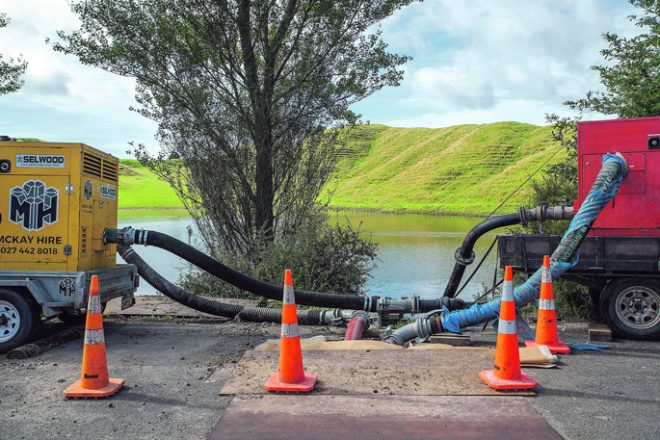Work will soon start on a $200,000 drainage project on Manawahe Road in the Bay of Plenty, New Zealand. This project aims to protect the area from flooding. The Whakatāne District Council’s infrastructure and planning committee approved the funds for the project at a recent meeting.
In 2022 and 2023, heavy rainfall caused significant flooding in the area, leading to the closure of Manawahe Road for a month in 2023. Two homes on the road were so badly damaged they became uninhabitable, and the owners had to rely on insurance payouts. Over six hectares of land along the road was affected for several months because the flooded area had no natural drainage outlet.
The committee chose the cheapest of several options to prevent future flooding. This plan involves installing a culvert across the road, connected to a manhole. Suction hoses can be used to remove water, which will then be discharged onto the land of affected property owners when necessary. Other options considered were estimated to cost between $1 million and $2 million.
According to a report, the heavy rainfall that caused the flooding is expected to happen once every 46 years. The committee also learned that the cost of repairing roads damaged by storms in the district in 2022 and 2023 exceeded $1.4 million. The New Zealand Transport Agency Waka Kotahi will cover most of the cost, with the council’s roading storm reserves covering the remaining $450,000.
Work continues on other road repairs in the district, including on Braemar Road and Stanley Road. Despite the cost of these repairs, the council’s transport manager, Ann-Elise Reynolds, said the reserve fund should be sufficient.
However, there were questions about whether the council could have prevented the damage on Braemar Road if they had responded more quickly to reports that the culvert was blocked. Reynolds explained that the council had been dealing with several issues due to the high rainfall and had responded as quickly as possible. She added that the culvert had internal damage, which caused the slip when water tried to bypass it.





























































